William Eugene Smith, better known as W Eugene Smith is one of The Greats.
One of the greatest photographers of all time, a Magnum photographer famous mostly for his reportage work during and after the second world war. (If you’re unfamiliar, I’ve added some links below). Now this isn’t an essay on W Eugene Smith, I’m not an expert nor am I an art historian of any sort – I just know a few things about him and have been admiring his work for years. His work is very moving and very dark – Don McCullin in many ways reminds me of him – it seems as if the darkness in their soul was made manifest in much of the photographic work that they made – as if the darkroom was where their soul, as a disembodied entity, under the red glow of the safe light, was absorbed into and made it’s way into the photographic enlarger and immortalised onto the gelatine and silver print.
Now though W Eugene Smith is mostly famous for his reportage work, he also made one work of art which many of you may have seen or heard of – The Walk to Paradise Garden, 1946. Which is known to be one of the most iconic photographs of all time.
Entitled The Walk to Paradise Garden, this view of his own children entering a forest clearing became one of his most famous photographs (Britannica).
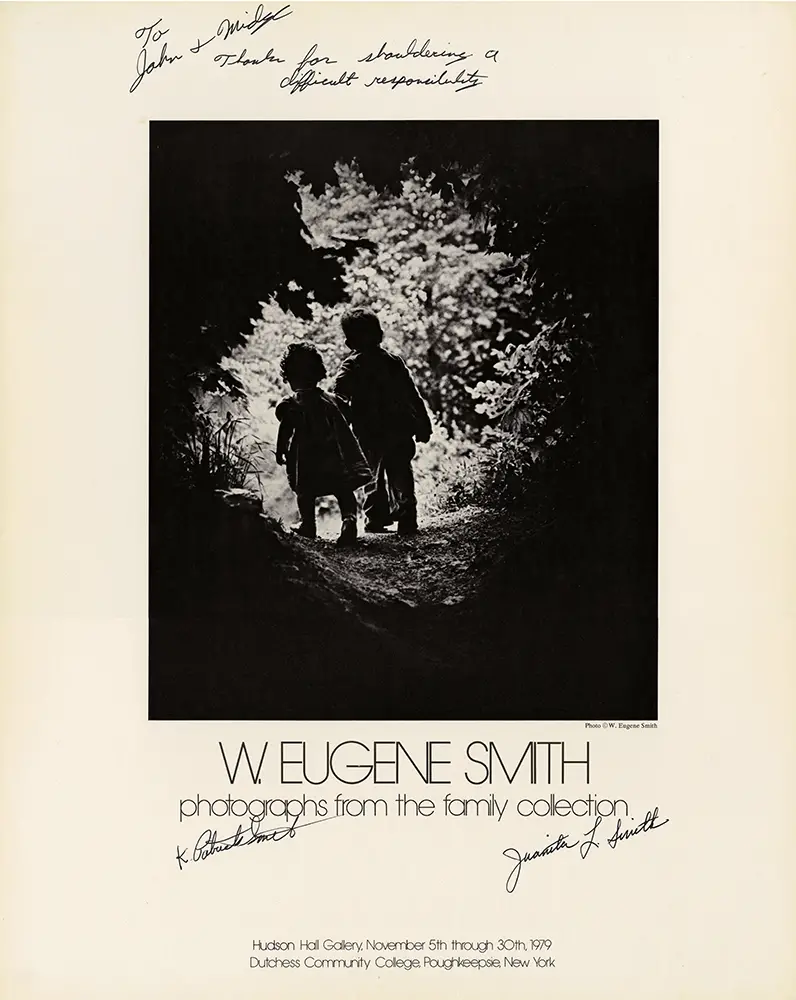
This photograph has inspired me for most of my Photographic life, I have my thoughts and feelings about this photo, which to me are personal and reflect a lot on memories of childhood and those halcyon days, which I won’t go into, and I’m sure I’m not the only one it talks to. It has also no doubt inspired millions over the years.
Anyway, I have realised that in my minds eye, with most of my personal photography (rather than Travel, portraits and Snapshots), this has played a part in forming the pictures I end up making. I find myself trying to capture some light in the darkness, whether down a path through the woods, in the leaves of trees, in a clearing, an expanse of water, or a rain puddle.
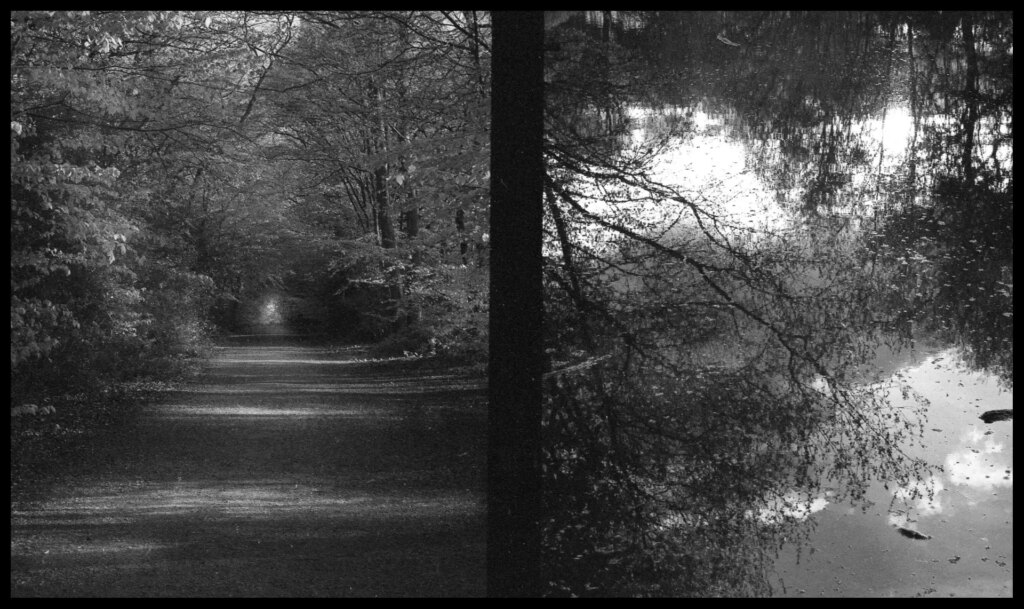
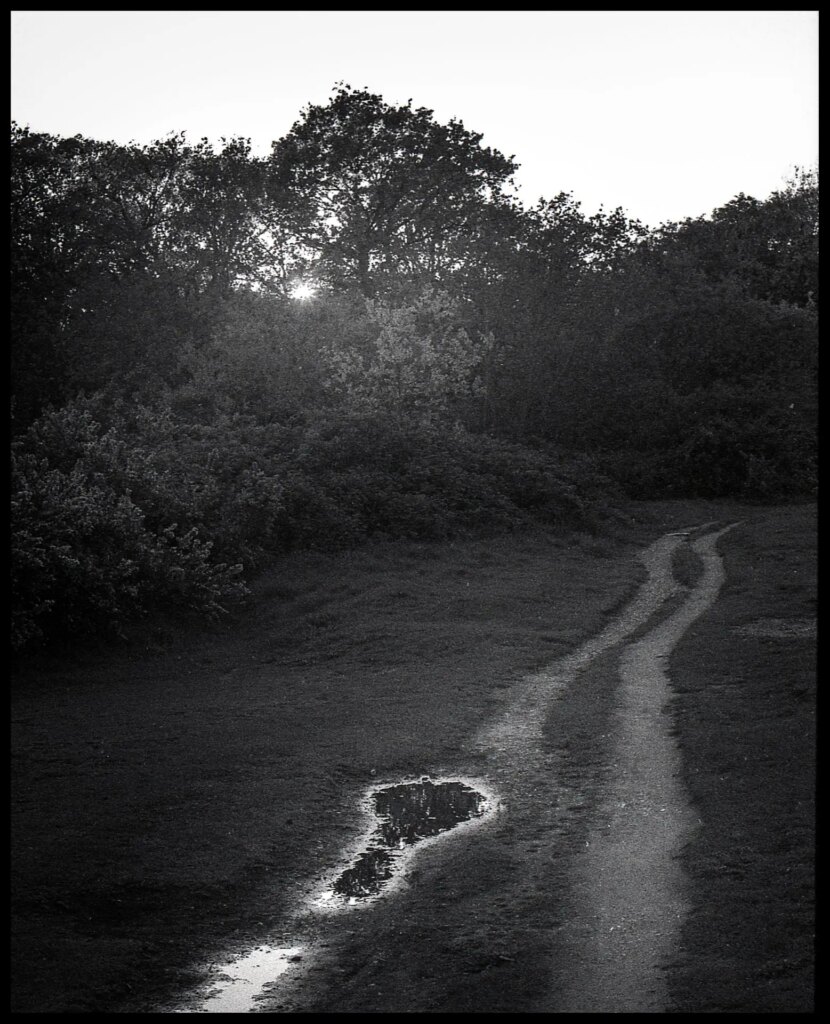
W Eugene Smith was also paid to do some advertising for Olympus. When they were marketing the Olympus Pen F Half Frame SLR. Smith, to my knowledge, never used Olympus for assignments, but used Leica and Minolta. He did however use them and own them, along with other Pen models.
I bought my first Olympus Pen F after seeing this advert. It’s just the coolest photo of a Photo Journalist/Photographer I’ve ever seen. I then had to have one!
I’ve owned two over the years – both original Pen F SLR’s with no meter and with the Gothic stylized F on the body – in my opinion amongst the coolest looking SLR cameras ever!
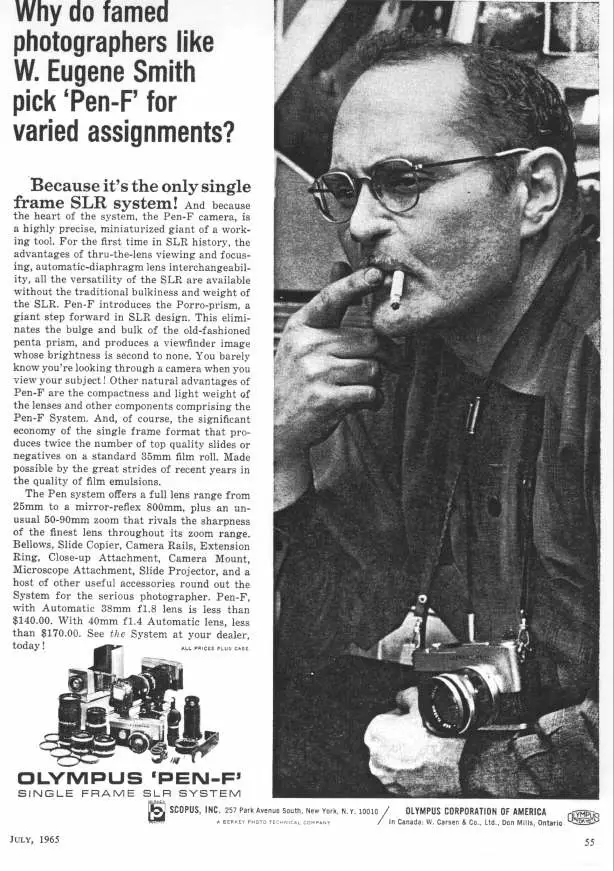
Mine had the beautiful 7 element G.Zuiko 40mm f1.4. After I sold it (to fund another camera purchase) and last Summer I bought another that had the 38mm F.Zuiko f1.8 – I shot a 2 rolls (one Rollei retro 400s which is my go to 400 speed film and one roll of Kodak Ektar) through this and not one photo was in any way sharp. Maybe the lens was a dud or my hands were shaking too much and my eye sight isn’t what it used to be – but I was so disgusted I promptly sold the set.
The benefits of the all manual original Pen F are that it’s the best looking, it has the biggest and brightest finder of the SLR series, (if buying make sure the mirror is flawless, as any dulling or fade dims the VF image). I really liked the Portrait vertical image – it makers composing so refreshing and the aspect enables you to try photographing in a different way. Focussing is better with a brighter finder as all I had to go on was a small circle in the middle – of course you could just zone focus, but I was shooting many things (and portraits) wide open.
The camera is a beauty, not only in looks but also in feel – it’s compact, wonderfully and precisely made and has a heft and solidity which inspires confidence and makes you feel you’re holding something precious! The shutter is an oblong affair with a proper solid feel and satisfying click as you press it. The Winder is a double stroke which is recessed into the body – everything about using it is satisfying.
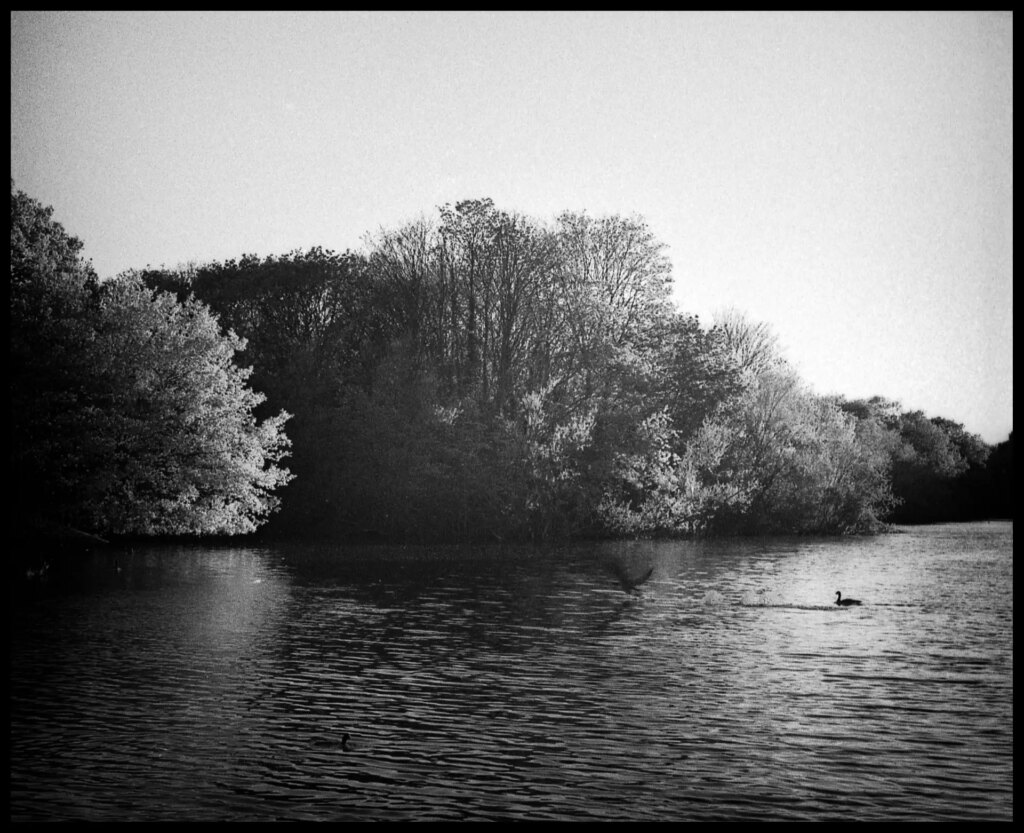
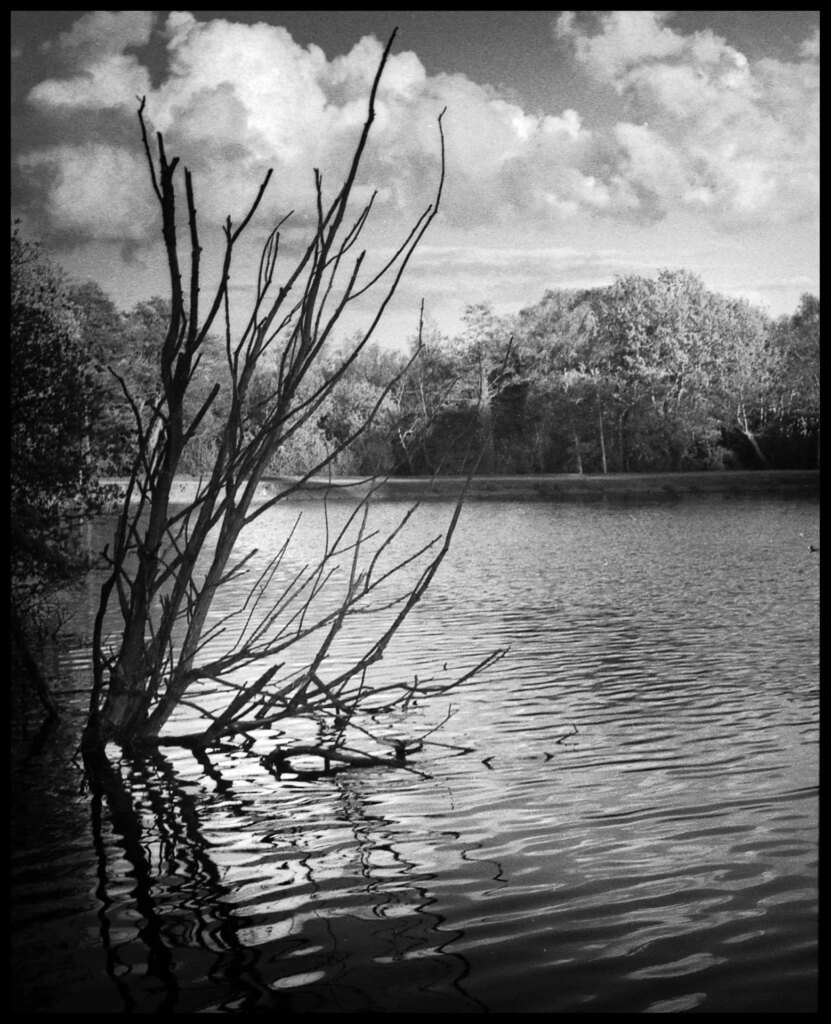
Many have reviewed this and gone over all the fundamentals – so I wont dwell too much on it. But what people will tell you, is that you can use the two frames on one 35mm Frame to create Diptych type of Photographs – two pictures which tell a story or have a relative significance. I really enjoyed this and the ability is an added bonus to the camera which you won’t get with a regular 35mm full frame camera. I found the 40mm Lens to be superb, fast enough with lovely out of focus areas, sharp enough to take advantage of the speed and give you the confidence to shoot wide open, have fun, experiment and create.
You’d imagine a Half Frame would be quite ‘lo-fi’ but it isn’t, as I’ve seen some really high resolution photos which I’d never have thought were Half Frames. It depends on the Film stock and your ability to take and if using B&W to develop. Mine are quite grainy low quality snaps – though I love them as to me they’re personal.
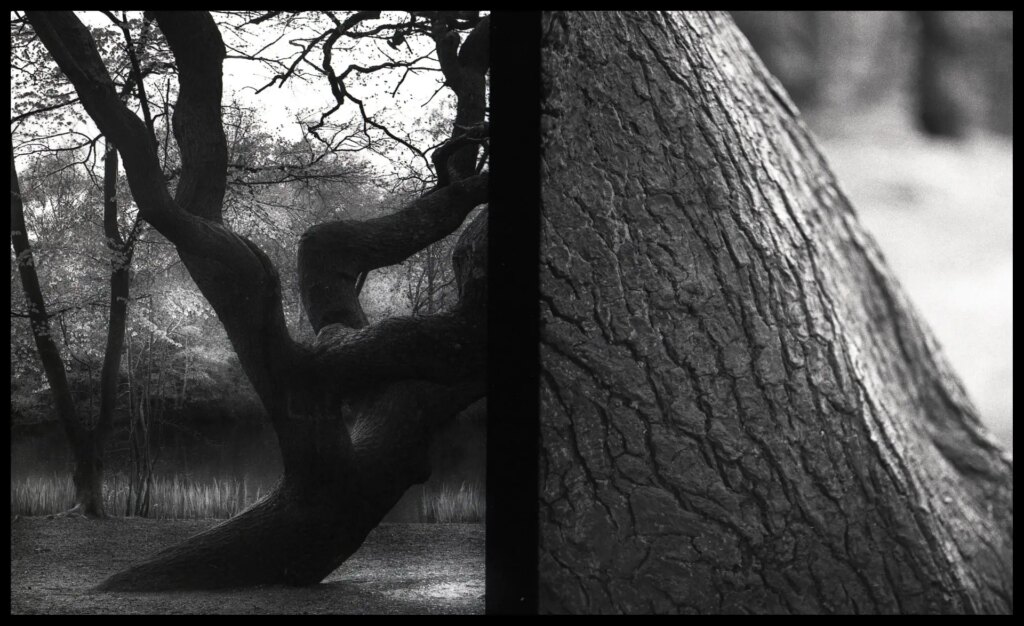
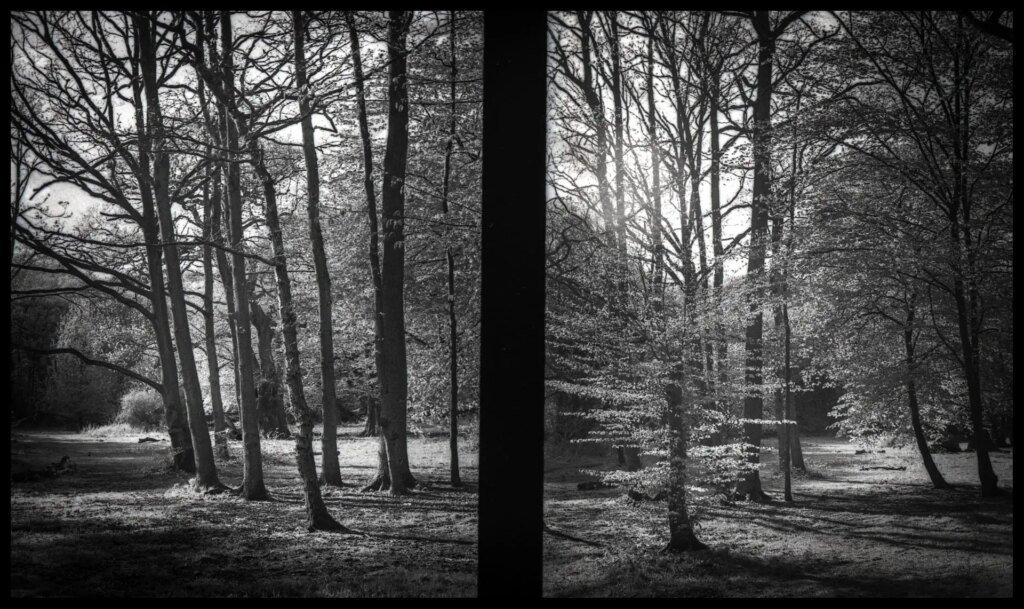
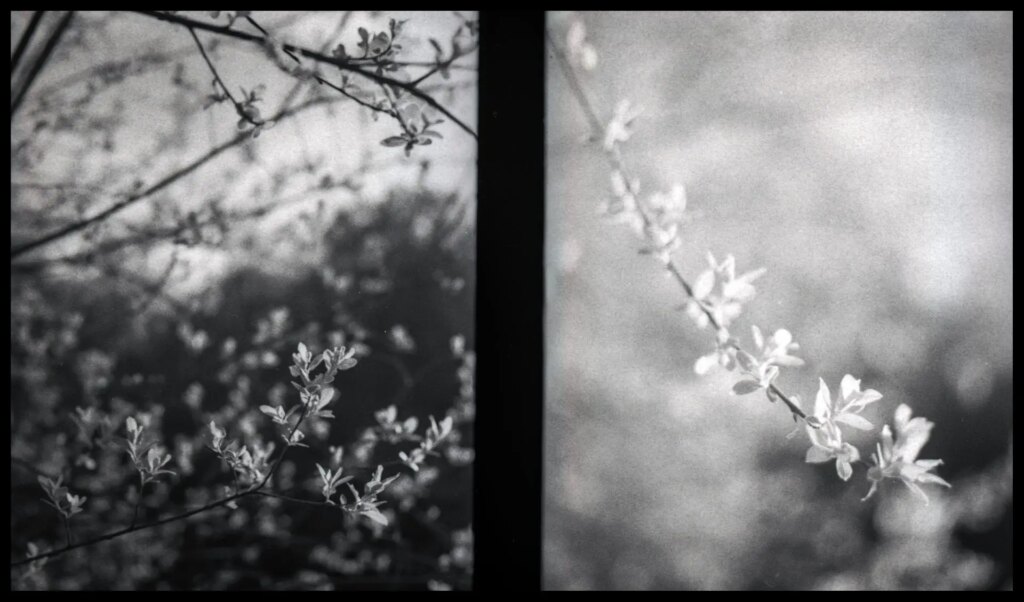
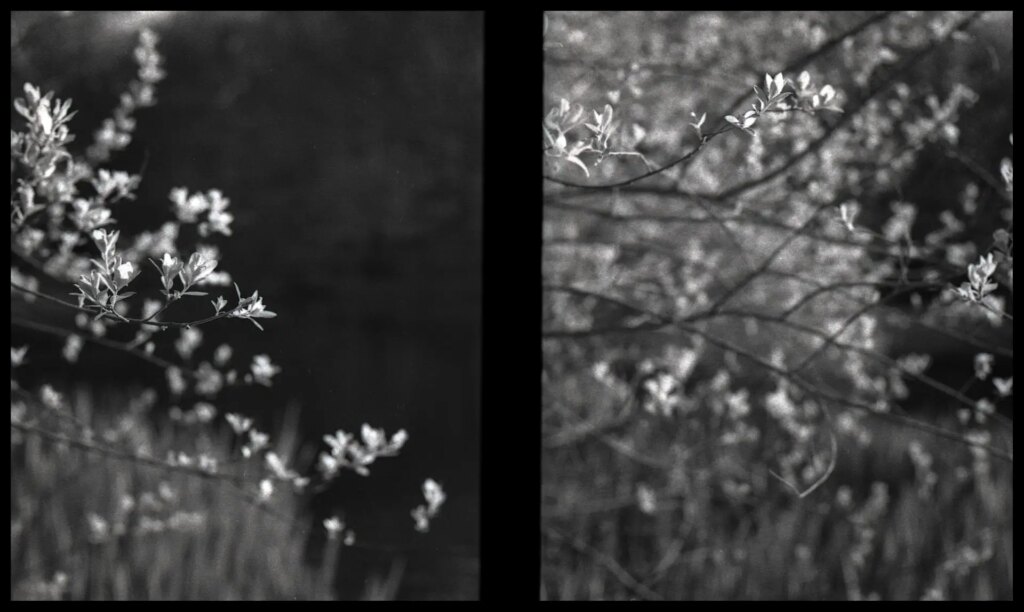
This is a selection of Photographs I shot with the Olympus Pen F, 40mm G.Zuiko f1.4 and Rollei Retro 400s (developed in Rodinal) – I always use a Yellow Filter with BW and did so here. All are metered with an incident light meter – Minolta Autometer III, which lets you ‘fire and forget’ – set it once providing the light doesn’t change much, then increase shutter 1 stop as you increase Aperture by 1 stop.
I often go for a walk in the woods, when I used to live in Walthamstow in North East London, my local woods were Epping Forest which extends from East London out to the county of Essex. In here you’ll find some pretty spots such as Strawberry Hill Ponds near Loughton, and it’s a place where I’ve visited since I was a boy so holds fond memories for me, so it was my sort of tribute to W. Eugene Smith and his Great photograph.
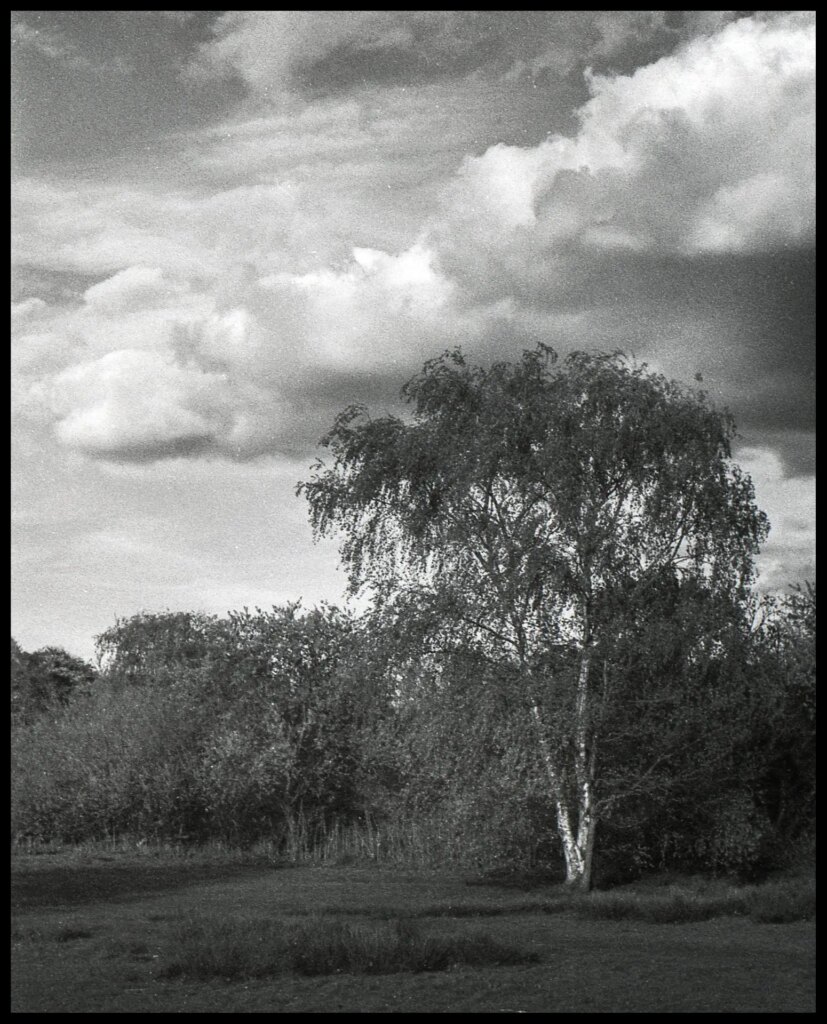
All Photographs. Olympus Pen F. 40mm G.Zuiko f1.4. Rollei Retro 400s. Rodinal. Yashica Yellow Filter. Scanned on an Epson 4990
Links:
wikipedia.org/wiki/W._Eugene_Smith
magnumphotos.com/photographer/w-eugene-smith
visiteppingforest.org
cjo.info/classic-cameras/olympus-pen-f-series
www.stevehuffphoto.com/2016/06/13/half-frame-love-with-the-real-pen-f-by-ibraar-hussain/
Share this post:
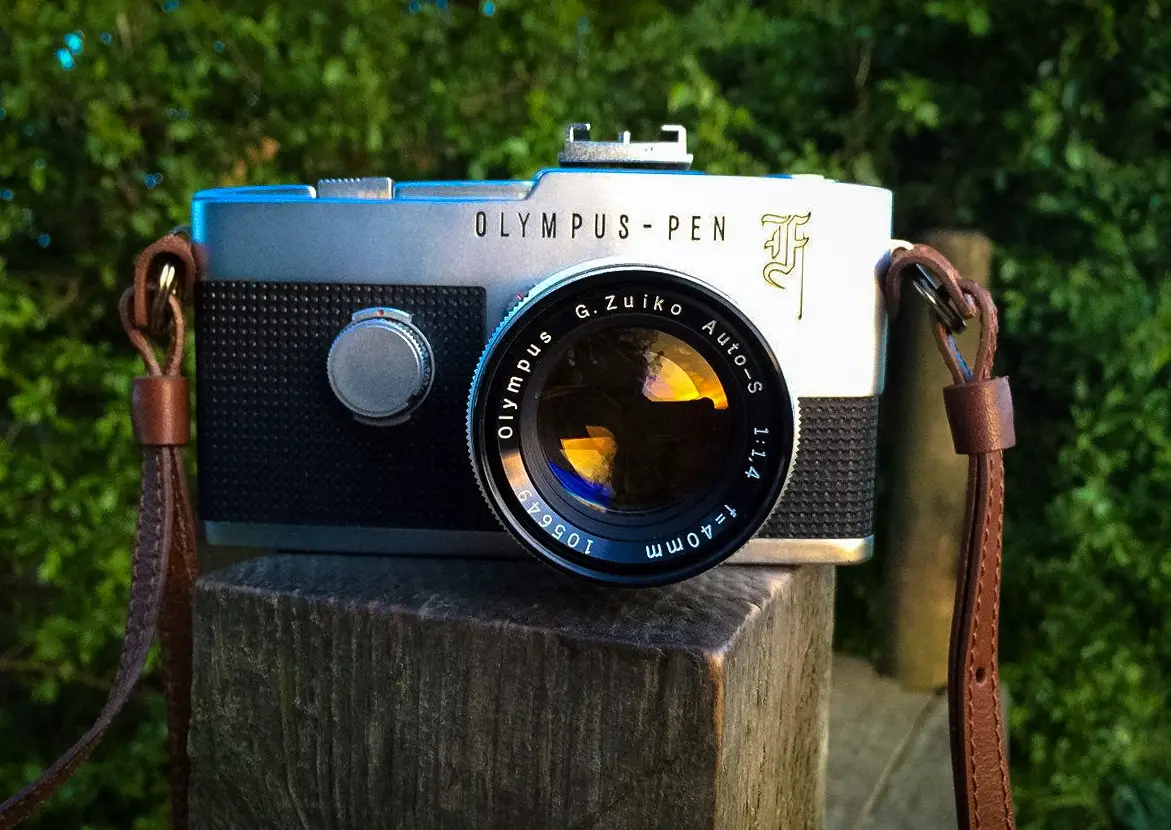








Comments
Geoff Chaplin on Olympus Pen F – The Walk to Paradise Garden and W. Eugene Smith.
Comment posted: 13/05/2023
Comment posted: 13/05/2023
Bob Janes on Olympus Pen F – The Walk to Paradise Garden and W. Eugene Smith.
Comment posted: 13/05/2023
Comment posted: 13/05/2023
John Feole on Olympus Pen F – The Walk to Paradise Garden and W. Eugene Smith.
Comment posted: 13/05/2023
Well done. You have introduced me to several new facets of the art. I loved your concept that the darkroom was his soul. Half frame does seem counterintuitive but the lure of the mystical diptych may be too powerful to resist.
Thank you!
Marcus Gunaratnam on Olympus Pen F – The Walk to Paradise Garden and W. Eugene Smith.
Comment posted: 13/05/2023
The prints were pin sharp as were the negatives due to the caretaken in all stages.From memory the lens most used was the i.8/38mm std lens usually stopped down to F4 and using flash with shutter speed at 1/500th of a seccond,the rotary shutter prevented 'ghosting.'from ambient light and the usual 1/60 sec shutter speed.
I also have 2x 50-90mm zooms that I subsequently bought ,also a 2x teleconverter and bellows and slide copier.I also have Soligor Lenses adapted to a 3.5/180mm preset lens and a soligor mirror lens at fixed aperture of F8.
I subsequently graduated to the OM1 and later OM4Ti,and now to the EM5 mark3. I miss the discipline and the rituals involved with film photography and half frme at that.
Thank you again for the nostalgic tour.
Comment posted: 13/05/2023
Matthew Bigwood on Olympus Pen F – The Walk to Paradise Garden and W. Eugene Smith.
Comment posted: 13/05/2023
Thorsten on Olympus Pen F – The Walk to Paradise Garden and W. Eugene Smith.
Comment posted: 13/05/2023
Comment posted: 13/05/2023
Eduard Garcia on Olympus Pen F – The Walk to Paradise Garden and W. Eugene Smith.
Comment posted: 13/05/2023
Thanks
Comment posted: 13/05/2023
Alasdair Mackintosh on Olympus Pen F – The Walk to Paradise Garden and W. Eugene Smith.
Comment posted: 14/05/2023
Comment posted: 14/05/2023
Lilianna Elrod on Olympus Pen F – The Walk to Paradise Garden and W. Eugene Smith.
Comment posted: 14/05/2023
Comment posted: 14/05/2023
Daniel Castelli on Olympus Pen F – The Walk to Paradise Garden and W. Eugene Smith.
Comment posted: 15/05/2023
I also like the ability to create diptychs in-camera. The format lends itself to this.
W. Eugene Smith was a brilliant, tortured man. The photo you reference to of his children walking toward the light was made soon after he recovered from near fatal wounds while making photographs on Okinawa during WW2.
Comment posted: 15/05/2023
Freddie on Olympus Pen F – The Walk to Paradise Garden and W. Eugene Smith.
Comment posted: 15/05/2023
By my calculation, the crop factor to a full frame 35mm camera is 1.44, so a 38mm lens will give an equivalent of 55mm
Thanks for the article, images and the memories!
instagram.com/fjroll/
flickr.com/photos/fjroll/
Comment posted: 15/05/2023
Huss on Olympus Pen F – The Walk to Paradise Garden and W. Eugene Smith.
Comment posted: 16/05/2023
Just loaded a roll of Superia in my FT thanks to you.
Kind regards
Huss
Ibraar Hussain on Olympus Pen F – The Walk to Paradise Garden and W. Eugene Smith.
Comment posted: 16/05/2023
Always been an honor to receive a compliment from you - remembering your excellent eye and compositions
And I guess the point of my posts (and others here) is to encourage people to try these cameras and formats out
Thanks again and hoping to see you posting an article and exhibit some work here
Alex on Olympus Pen F – The Walk to Paradise Garden and W. Eugene Smith.
Comment posted: 18/06/2023
https://imgur.com/a/xMa9iW6
Ibraar Hussain on Olympus Pen F – The Walk to Paradise Garden and W. Eugene Smith.
Comment posted: 18/06/2023
Kary Schumpert on Olympus Pen F – The Walk to Paradise Garden and W. Eugene Smith.
Comment posted: 17/09/2023
Comment posted: 17/09/2023